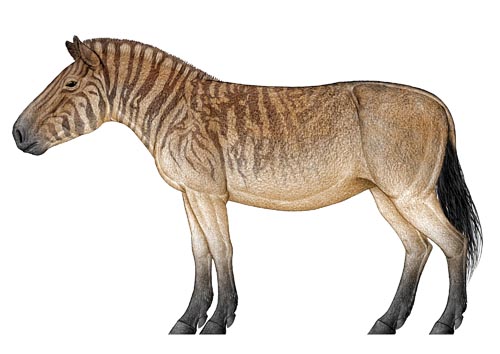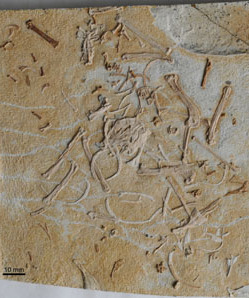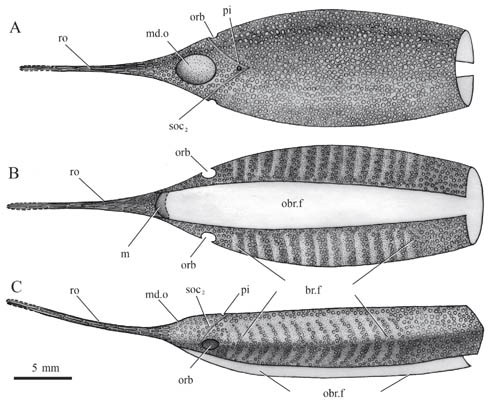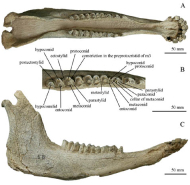|
 Research Progress Research Progress |
|
|
|
|
|
|
|
|
|
 |
Scientists Discover an Early Modern Human with a Recent Neanderthal Ancestor |
| Neanderthals are thought to have disappeared in Europe approximately 39,000–41,000 years ago but they have contributed 1–3% of the DNA of present-day people in Eurasia. Surprisingly, analyses of present-day genomes have not yielded any evidence that Neanderthals mixed with modern humans in Europe, despite the fact... |
|
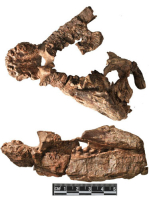 |
Latest-known Diadectomorph Discovered from the Upper Permian of China |
| Diadectomorpha is a clade of Permo-Carboniferous tetrapods, which was previously only reported from North America and Germany. Although this clade is only moderately diverse, it is central to discussions of Late Palaeozoic vertebrate evolutionary history. It is the first and most diverse example of high-fibre herbiv... |
|
 |
Bizarre Jurassic Dinosaur with Membranous Wings Discovered in China |
| A research team led by Professor XU Xing, Institute of Vertebrate Paleontology and Paleoanthropology (IVPP), Chinese Academy of Sciences, and ZHENG Xiaoting, Shandong Tianyu Museum of Nature, reported a new scansoriopterygid theropod, Yi qi gen. et sp. nov., based on a new specimen from the Middle–Upper Jurassic pe... |
|
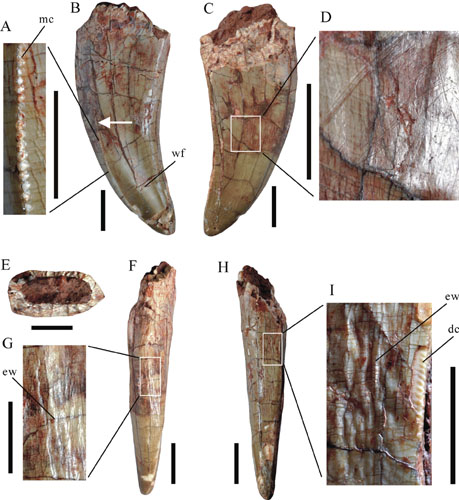 |
Large Theropod Teeth Found From the Upper Cretaceous of Jiangxi, Southern China |
| Large carnivorous dinosaurs, are common in the Late Cretaceous of Asia, but only some fragment teeth have been recovered from southern China. In a paper published in the latest issue of Vertebrata PalAsiatica, Dr. XU Xing, Institute of Vertebrate Paleontology and Paleoanthropology (IVPP), Chinese Academy of Sciences... |
|
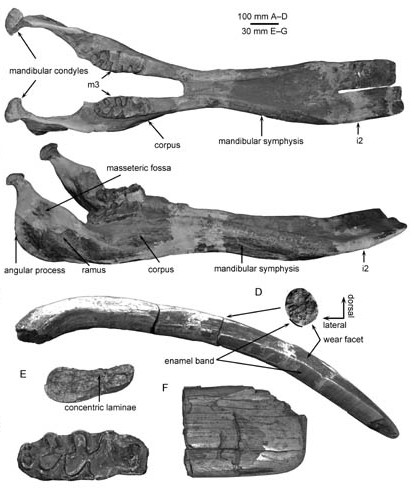 |
New Study Reveals Competition and Replacement Between Two Miocene Shovel-tuskers |
| Dr. WANG Shiqi from the Institute of Vertebrate Paleontology and Paleoanthropology (IVPP), Chinese Academy of Sciences and his colleagues recently studied two relatively primitive species of Protanancus, Protanancus tobieni and Protanancus brevirostris. The former discovered from Tongxin of Ningxia Province and Qin... |
|
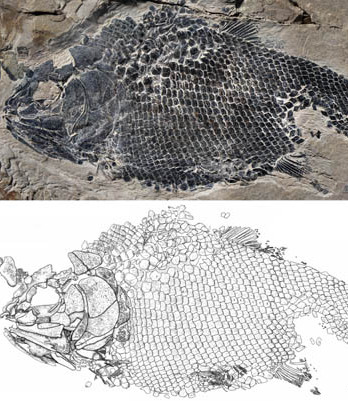 |
New Ionoscopiform Fish Found From the Middle Triassic of Guizhou, China |
| The Ionoscopiformes are a fossil fish lineage of halecomorphs known only from the Mesozoic marine deposits. Because of their close relationships with the Amiiformes, the Ionoscopiformes are phylogenetically important in investigating the early evolution and biogeography of the Halecomorphi, but fossil evidence of ea... |
|
|
